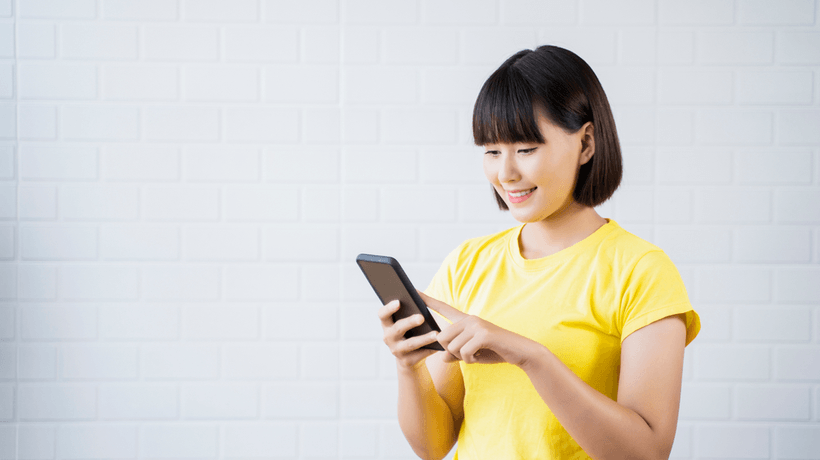Modernize Current Learning For Mobile Adoption
Shopping, entertainment, communication, navigation, photography, banking, and learning are some of the things we use our smartphones for on a daily basis. Because modern individuals already use their mobile phones to learn stuff, it is very easy to get modern employees to learn and develop skills and knowledge on their smartphones, a learning strategy known as mobile learning or mLearning.
mLearning has transformed from a cutting-edge L&D trend to a modern reality, with a number of corporate organizations using it across the globe. However, there are organizations that still haven’t embraced mLearning because they do not know how to implement it properly. mLearning is more than digital learning on mobiles and is also easier to implement than a lot believe. In this article, we’ll discuss how you can turn your current learning program into a mLearning program.
Video-Based Learning Is Best Suited For Modern Mobile Learners
Modern learners are habituated to watching videos on their smartphones. Videos are a popular content format these days, as they provide both visual and aural engagement at once. Videos also pack a lot of content in a short duration, which is important when dealing with modern learners as they have short attention spans and have no patience for anything longer than 5-7 minutes. Another reason video-based learning is a good idea to educate modern learners is the fact that videos can demonstrate the application of a skill or the performance of a task like no other content format. They can be viewed by learners as they’re performing the task of applying the skill in real time and can also be paused and unpaused as per their convenience.
Videos also provide on-the-go and just-in-time learning, which is crucial for modern employees who work more in the field or outdoor jobs than in desk jobs. All of the above reasons combine to make video-based learning the perfect fit for this modern generation of mobile learners, which is why corporate organizations looking to modernize their L&D program simply have to turn all their current or existing learning content into a video format. Let us now discuss how to do that in a step-by-step manner.
Creating mLearning Videos From Old Content
- You should begin by analyzing all of your old content—which will likely consist of eLearning courses, presentations, assessments, and the like—to see which of it can be converted into videos. Most of it can be, so you’ll have to be a bit picky to see what is relevant to the modern learning era.
- Once you’ve analyzed your old content, you should now derive topics and concepts from this collection of old content. Curate and structure these topics into different folders, so that they can be found easily later on in the form of an inventory when you begin transforming it into videos.
- A storyboard is an essential part of any type of learning module or course. After analyzing, curating, and structuring your old content, you need to create a storyboard to determine and define which content will be placed where in your mLearning video, along with a script and audio narration. The storyboard will also help determine if any new content needs to be created.
- Once storyboarding is done, we move on to the actual production of mLearning videos. In this phase, you’ll use video-editing tools to capture screens of old content to splice it in a creative way, add new content (if any), and add final finishing touches to create a high-quality mLearning video.
- Finally, you’ll publish this mLearning video on your LMS (Learning Management System), learning website, learning portal and/or learning app. An app is recommended for mLearning as it offers the additional flexibility of offline viewing of the eLearning course to the learners from their mobile devices, as well as can be used to send learners notifications about new mLearning videos and modules, in addition to reminders to complete their modules and videos.
Conclusion
Following the above-mentioned steps will ensure that your learning program will be able to cater to modern mobile learners and will increase absorption, retention, and application of knowledge and skills.


